This post is the opposite of my post last week, about getting rid of stuff. Last week, I discussed unloading all the supplies you don’t really need–this week I’m sharing ten things you really do need! The summer is the perfect time to start stocking up on writing workshop essentials. Whether you are hoping to get materials donated, or you teach in a community where families can provide a few things for your students, or you are planning to do some good old-fashioned scrounging, this list can help you strategize a plan for materials.
1. Post-its. You can never have enough post-its, for both reading and writing. Watch for back to school sales at big office supply stores, and don’t be afraid to call local stores to see if they might have surplus they can donate to your classroom. You’ll probably want all sizes and shapes, but you’ll especially want the plain old square shape, with and without lines, and the slightly larger index card shape. In a perfect world, I would want about a pack of post-its per two-weeks per kid (I use them in both reading and writing, sometimes more, sometimes less depending on the grade level and time of year).
2. Pens. I love pens for writing workshop for all ages. Over the summer, you may want to scrounge for good pens. Check out your school’s supply closet to see what’s already there, and try your local office supply and department stores (lots of larger grocery stores and some department stores carry pens). Whatever you do, don’t invest in a huge supply of pens you haven’t tested out — there are some brands that just fall apart and aren’t worth it. I especially love flair pens (a sort of felt tip pen that kids can make a nice, dark mark with) but they are pricey. Every year, there is one office supply store in particular that has a big sale — when it happens I have a friend who is always kind enough to email a bunch of us to remind us to go get our stuff! For more on this topic and to find out why I prefer pens, see this older post I wrote about pens versus pencils.
3. Legal Pads or Packs of loose-leaf Paper. If you teach grades 3-5, legal pads of paper are great for when kids pop out of the notebook to draft. With legal pads each kid can have their own supply of loose-leaf at their fingertips as they draft. The other option is plain old loose-leaf paper, which works fine as well. Most teachers keep a big supply of loose-leaf at the writing center so that kids can get what they need when they need it.
4. Chart Paper. In some of the schools where I have worked, chart paper is a given. Every classroom has plenty to last the school year. But in many schools, this is not the case. Folks are running out of chart paper in January — especially if they are somewhat new to workshop teaching and didn’t realize how important charts were going to become to their new lives! I recommend the kind of chart paper that is not heavy-weight, or “poster” paper. Some people love the fancy chart paper that sticks to the wall, like a giant post-it, but I actually prefer the cheaper kind. I want to be able to cut it, fold it, move it around the classroom, and I want lots of it (the sticky kind is VERY expensive). I could EASILY go through a pad of chart paper per unit.
5. Staplers. That’s plural! Don’t be like that guy in the movie Office Space, the one obsessed with his red stapler. I like to have enough staplers for each table of 4-5 kids to have one or two to share. At the start of the year I teach kids how to staple all by themselves (even kindergarteners), and to be honest, for some younger kids it’s their favorite thing about writing for a little while. Handing over the power to staple puts kids in charge of their own work and makes them feel like they are really building something. But sometimes staplers can be hard to find. I like mini-staplers that don’t cost a lot. They’re easy to use, and when they go missing in the classroom it’s NBD (that’s “no big deal” for non-texters). Unlike the fancy red stapler from Office Space, they’re replaceable.
6. Tape. See above! When kids are in charge of using their own tape as needed, they feel responsible for their own work. Right from the beginning I teach kids how to measure out a small piece of tape about the size of their index finger, when they need it.
7. Caddies. I mentioned earlier that I like each table to share things like staplers and tape (I also like them to share a supply of pens). For me this is true in any grade — even the middle schoolers I’ve worked with. Many teachers find that providing a supply caddy for each table makes managing things much easier. Instead of each child having their own little stash of stuff (that’s 20-30 separate little supplies), you only need to keep 5 or 6 caddies full. As long as those caddies are stocked, then every child has everything he or she needs.
8. Folders. There are two schools of thought on writing folders. Some teachers prefer to go for one writing workshop folder for each student for the whole year. Simply clear it out at the end of each unit and start over again. Others prefer to provide a fresh, new writing folder at the start of each new unit (and use the old one to file samples of student work). Either way, pocket folders are one of those things that often goes on sale at a certain time in the summer, and you can get the good ones (the ones with the fasteners down the middle) for pennies if you time it right.
9. Notebooks. Marble composition notebooks (rather than spiral bound) are the best for grades 3-5. (In the Units of Study (by Calkins & Colleagues) K-2 children usually don’t use a notebook, just a folder). Spiral bound notebooks tend to get stuck to each other when you collect them, and they fall apart much more easily. But watch out! Not all composition notebooks are of the same quality. One year, a district I work with ordered what felt like a lifetime supply of notebooks, and the notebooks turned out to be terrible – the covers were flimsy, and the pages fell out easily. Blech.
10. A Carpet! Last, but not least, it never hurts to keep your eye out for a really good carpet for your meeting area. My dream carpet is the big one with the squares, from a certain school supply company. But we can’t always get what we want, can we? If a new carpet isn’t in your budget, check out your local flooring/carpeting companies and ask if they have any surplus or scraps they are willing to donate or sell cheaply. Some will even put an edge on a big square of surplus carpet for a small price. You can also watch for department store sales, and things like Craigslist. Just make sure if you buy a used carpet that it’s okay with your school that you bring it in.
My wish list could go on and on – zip lock baggies, books, books, and more books, dry erase markers… What classroom essentials are on your supply list for next year? Share your stories of how you gather up the items that your materials budget doesn’t quite cover. Do you scrounge? Do you fundraise? Are there local organizations that donate to you? Share your stories, and your tips, in the comments below.



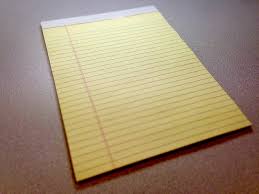
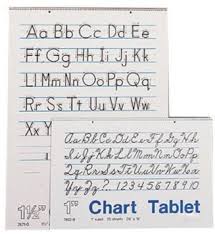

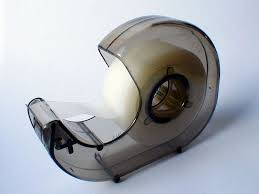
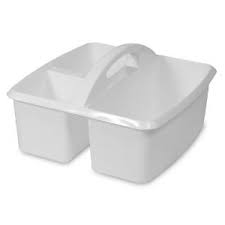
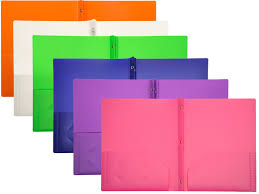
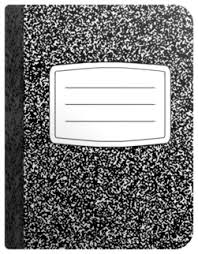
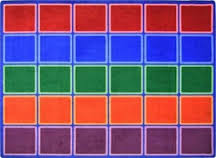

In case you are interested, Target carries caddies in a variety of colors like the one pictured above in the dollar store. They are not the sturdiest plastic out there, but they did last the school year for me. I’ve already purchased more to keep in storage.
LikeLike
I love this list. It includes all the essential supplies I use in my first grade classroom, with the exception of the legal pads and composition books. Another item I would add to your already great list would be large pink erasers. While my students do use pens, we use pencils more and erasers are always needed. Last year I tried these small, square erasers from an office supply store and I fell in love with them. They were the perfect size for little fingers. It was the first thing I put on my supply list for next school year. It’s funny how all these little things make a big difference. This is a great list for any writing teacher. It took me years to figure out exactly what I needed and I’m still tweaking it.
I request most of these supplies on my “Beginning of The Year” letter to parents. I also ask for “wish list” items on my weekly newsletters. Parents are great about donating needed items.
Thanks for sharing this awesome list!
LikeLike
Congrats again on your book being published, Beth! I think you covered all the important supplies. When I taught kindergarten, I used to staple two Manila folders together that would stand up to make an “office” for each child. The idea came from Dr. Jean Feldman who had the greatest ideas about making learning come alive for young kids. On the inside of the office, I would put word wall words, name chart, alphabet key pictures, color words, etc. On the outside of the office, kids would decorate it much like a writer’s notebook would be decorated, with meaningful pictures and photographs to inspire writing. I would assemble these over the summer and then early in the year, the students would bring in their pictures for the outside of the office. I usually read Mem Fox’s Wilfrid Gordon MacDonald Partridge to talk about how pictures and objects can bring back memories.
LikeLike
I love all these supplies and I plan on adding more staplers, tape dispensers and pens! I currently have only 2 staplers, 1 tape dispenser and a mishmash of pens! I don’t know why I didn’t think about the multiple staplers and tape dispensers!
Kathleen each year I make work mats that sound very similar to your offices. I couldn’t teach without them! I move them each morning to assign seats, Kids come in each day to a fresh seat and a different group of friends! You can read more here- http://deb-frazier.blogspot.com/2012/07/differentiation-self-assement-and-goal.html
LikeLike
I have got a small stapler and that helps a lot in staying away from the heavy ones. And pens I can not even count how many I’ve got!
LikeLike
I like finding old heavy weight staplers at my local thrift stores. They last a long time and they are always less than $5! So Nbd if they jam or get lost!
LikeLike